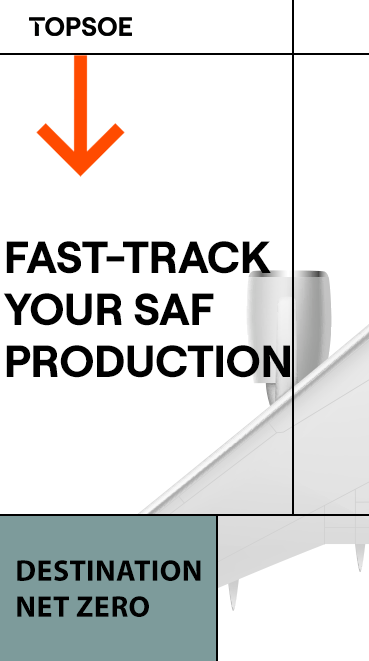CVR Energy takes wait-and-see approach on feedstock prices for renewable diesel conversions


CVR Energy is waiting to complete its hydrocracker conversion for renewable diesel production in Wynnewood, Oklahoma, due to high feedstock prices, CEO David Lamp said in a second-quarter conference call on the company’s earnings. The company had originally announced the project would be complete in July and ready to produce up to 100 million gallons of renewable diesel per year from soybean oil.
“Construction on the Wynnewood renewable diesel unit is progressing as planned, and we’ve reached the point where we’re ready to bring the hydrocracker down [to perform the conversion],” Lamp said. “However, renewable diesel feedstock prices have increased considerably, particularly for refined, bleached and deodorized (RBD) soybean oil, to the level where economically it does not make sense to complete the conversion at this time.” Lamp said he believes recent renewable diesel plant start-ups, such as the Phillips 66 Rodeo Renewed facility near San Francisco, have contributed to the most recent feedstock price spikes.
In May, when the company announced it was focusing on renewables and the board approved expenditures to move its renewable diesel projects forward, soybean oil prices got as high as 69 cents a pound. In early August, at the time of the announcement to put the Wynnewood project on hold, they were down about 7 or 8 cents from the May price, but still well above the low 40s in early January.
As more renewable diesel plants are built, Lamp said he expects feedstock demand to increase and that suppliers will price them according to California Low Carbon Fuel Standard credit values and freight economics. He also said he believes some renewable diesel producers’ feedstock contracts will soon be expiring, which will force them “to give up the margins they currently enjoy.”
“The biggest problem now is the bean oil basis, and frankly all other oils—it's an overheated bean market that needs to rebalance,” Lamp said. “All [feedstock] prices are following bean prices. To get RBD, you’re paying another 28 cents a pound to get it delivered. That right there is really the problem.”
He said if a renewable diesel producer had a pretreatment unit, they could handle the cheaper unrefined soybean or other oils. “But crush plants are making a fortune on [RBD] right now, and many of them are not offering untreated [bean oil].”
Lamp said all feedstocks will eventually trade on prices relative to their carbon intensity (CI) scores. “And producers of the feedstock will want a share of that,” he said. “The total availability of the advantaged CI feedstocks is less than half of bean oil. There’s just not that many of them. Ultimately the LCFS is going to price into those, and the sellers understand that and understand the value. The Valeros that have a long runway of feedstocks, we’re going after them. We’re looking at those in our backyard and how we can get [those feedstocks] away from them.”
Although the Wynnewood conversion project is on hold, Lamp said the Wynnewood’s pretreatment unit, the design process for which should take three months, is still moving forward. This would allow the site to convert lower-quality, lower-cost and higher CI feedstocks into renewable diesel. The board has already approved engineering and the purchase of long lead time equipment for the pretreatment unit. The unit is expected to be online in the third quarter of 2022, Lamp said, adding that it was “a safe bet.” As far as company’s plans to do a similar hydrocracker conversion at its Coffeyville, Kansas, refinery, Lamp said the initial engineering will be done “but we will not sanction the project until we see how feedstocks work out.”
Lamp also lamented on RIN prices, small refinery exemptions for which the company has petitioned EPA numerous times, and the federal Renewable Fuel Standard policy. In addition to the long-overdue volume obligations for 2021 conventional, advanced and cellulosic biofuels, as well as the 2022 volumes for biobased diesel, one of several “fixes” to RFS Lamp offered—one that he said he believes is “the best long-term solution”—is EPA “should act now to reduce the ethanol mandate and increase the renewable diesel and biodiesel mandate.”
“There’s some easy streets EPA can take here, but I don’t know [that the problem is] EPA,” he said. “It’s politics at this point. The problem with this regulation is that it’s easily manipulated by politicians, evidenced by how the past three administrations have administered it.” He said all emphasis in the RFS should be on cellulosic (D3) and biobased diesel (D4) RINs, not ethanol (D6).

























-RKstandin.jpg)
_gif.gif)




